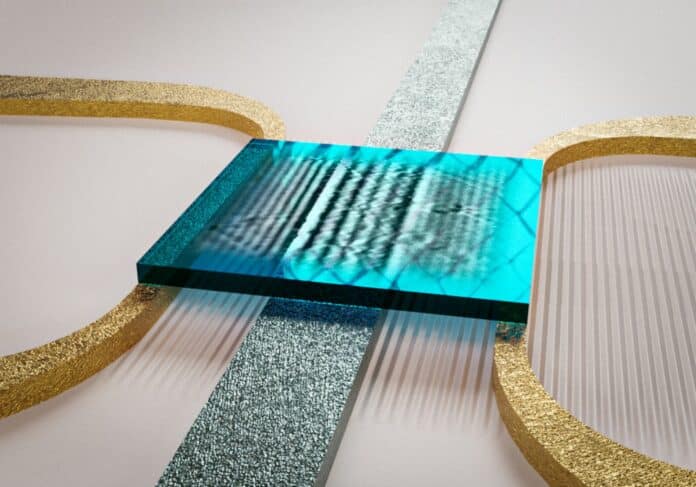Spin waves are information-transmitting waves found in magnetic materials. Scientists have been looking for an effective technique to control and manage spin waves for years because they can be a potential building block for an electronics replacement that uses less energy.
Superconductors have allowed quantum physicists at Delft University of Technology to control and modify spin waves on a chip for the first time. In the future, these tiny waves in magnets might provide an exciting substitute for electronics, particularly for connecting parts of a quantum computer or energy-efficient information technology. The discovery mainly gives physicists a fresh understanding of the relationship between magnets and superconductors.
Toeno van der Sar, Associate Professor in the Department of Quantum Nanoscience, said, “The breakthrough of our research team is that we show that we can indeed control spin waves properly if we use a superconducting electrode.”
The way it operates is as follows: a spin wave creates a magnetic field, which causes the superconductor to produce a supercurrent. The superconducting electrode of that supercurrent serves as a mirror for the spin wave, reflecting the magnetic field to it. Spin waves are easier to manage because of the superconducting mirror’s ability to slow the waves’ up- and down-movement.
Michael Borst, who led the experiment, said, “When spin waves pass under the superconducting electrode, it turns out that their wavelength changes completely! And by varying the temperature of the electrode slightly, we can tune the magnitude of the change very accurately.”
Van der Sar says, “We started with a thin magnetic layer of yttrium iron garnet (YIG), known as the best magnet on Earth. On top of that, we laid a superconducting electrode and another electrode to induce the spin waves. By cooling to -268 degrees, we got the electrode into a superconducting state.”
“It was amazing to see that the spin waves got slower and slower as it got colder. That gives us a unique handle to manipulate the spin waves; we can deflect them, reflect them, make them resonate, and more. But it also gives us tremendous new insights into the properties of superconductors.”
A vital component of the experiment was using a particular sensor by scientists to measure the magnetic field of the spin waves to image them. They employed the diamond’s electrons as sensors for the spin waves’ magnetic fields. Their lab is pioneering that technology. It’s interesting because, like an MRI scanner, it can see through the skin into a person’s body and look through the opaque superconductor at the spin waves underlying.
Borst said, “Spin wave technology is still in its infancy. For example, to make energy-efficient computers with this technology, we must first start building small circuits to perform calculations. Our discovery opens a door: superconducting electrodes allow countless new and energy-efficient spin-wave circuits.”
Van der Sar adds, “We can now design devices based on spin waves and superconductors that produce little heat and sound waves. Think of the spintronics version of frequency filters or resonators, components that can be found in electronic circuits of cell phones, for example. Or circuits that can serve as transistors or connectors between qubits in a quantum computer.”
Journal Reference:
- M. Borst, P. H. Vree, A. Lowther et al. Observation and control of hybrid spin-wave–Meissner-current transport modes. Science. DOI: 10.1126/science.adj7576
